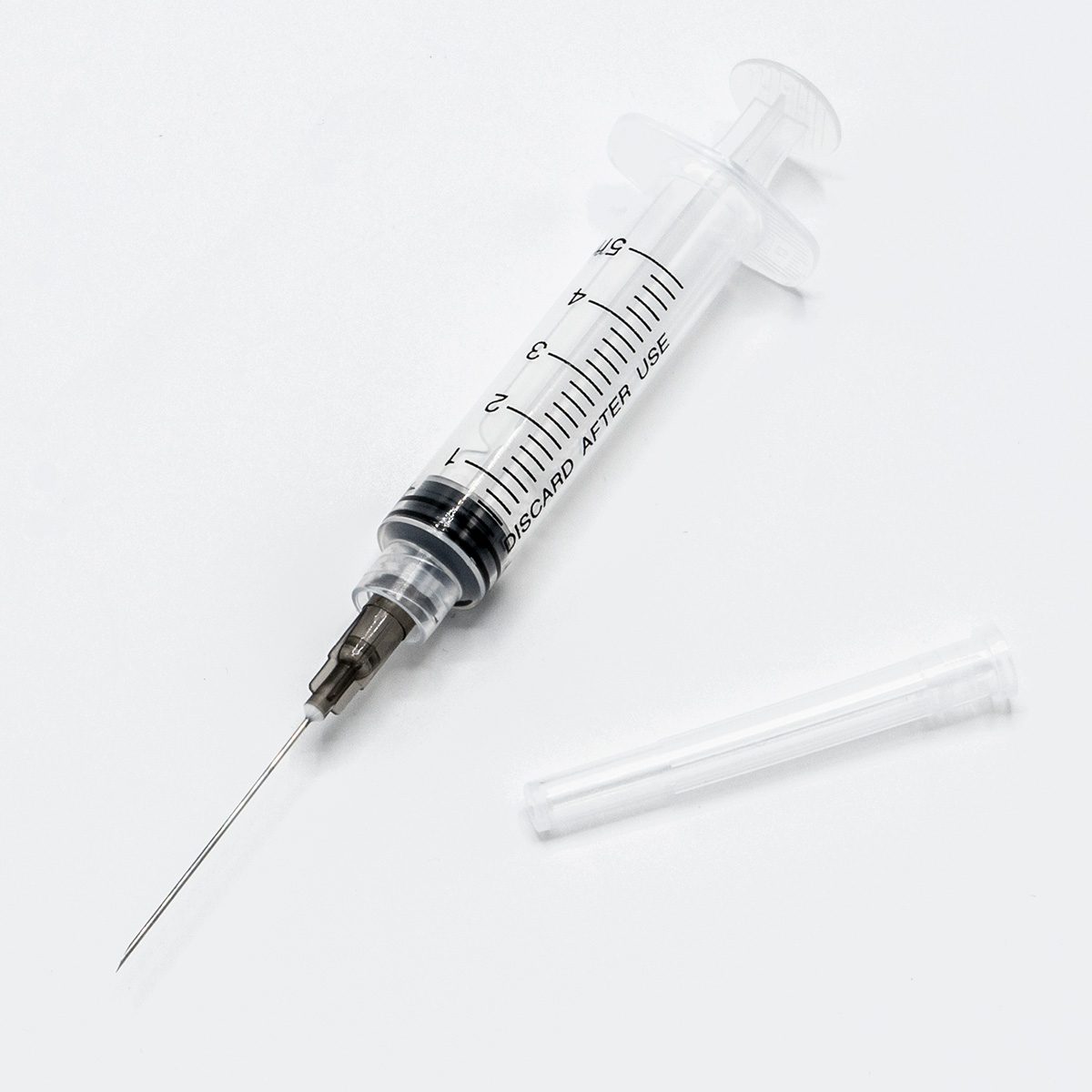Scleroderma: Symptoms, Causes, Treatment
What are the symptoms of scleroderma?
Scleroderma is a rare autoimmune disease that involves the hardening and tightening of the skin and connective tissues. The symptoms of scleroderma can vary widely depending on the type and severity of the disease, but common symptoms may include:
- Skin changes: The hallmark symptom of scleroderma is thickening and hardening of the skin, which can affect the fingers, hands, arms, legs, and face. This can lead to tight, shiny skin that may restrict movement.
- Raynaud’s phenomenon: Many people with scleroderma experience Raynaud’s phenomenon, which causes the fingers, toes, and sometimes other extremities to feel cold and numb in response to cold temperatures or stress. The affected areas may turn white, then blue, and then red as blood flow returns.
- Gastrointestinal symptoms: Scleroderma can affect the digestive tract, leading to symptoms such as difficulty swallowing (dysphagia), heartburn, bloating, diarrhea, and constipation.
- Joint pain and stiffness: Some people with scleroderma experience pain, stiffness, and swelling in the joints, which can mimic the symptoms of arthritis.
- Shortness of breath: In some cases, scleroderma can affect the lungs, leading to shortness of breath, coughing, and difficulty breathing.
- Fatigue: Many people with scleroderma experience fatigue, which can be debilitating and affect daily activities.
- Weight loss: Some people with scleroderma experience unintentional weight loss, often due to gastrointestinal symptoms or a decrease in appetite.
It’s important to note that scleroderma is a complex disease that can affect multiple organ systems in the body, leading to a wide range of symptoms. The symptoms can also vary greatly from person to person, so it’s important to consult with a healthcare provider for an accurate diagnosis and appropriate management plan.
What are the causes of scleroderma?
The exact cause of scleroderma is not yet fully understood, but it is believed to involve a combination of genetic, environmental, and immune system factors. Some of the factors that may contribute to the development of scleroderma include:
- Autoimmune response: Scleroderma is considered an autoimmune disease, which means that the immune system mistakenly attacks the body’s own tissues. In scleroderma, the immune system targets the connective tissues, leading to inflammation and the production of excess collagen, which causes the skin and other tissues to become thick and hard.
- Genetic factors: There appears to be a genetic component to scleroderma, as the condition can run in families. However, the exact genes involved and how they contribute to the development of the disease are not yet fully understood.
- Environmental triggers: Exposure to certain environmental factors, such as toxins or infections, may trigger the development of scleroderma in people who are genetically predisposed to the condition. However, specific triggers have not been conclusively identified.
- Abnormal blood vessel function: Some researchers believe that abnormalities in the function of blood vessels may play a role in the development of scleroderma, as these abnormalities can lead to poor circulation and tissue damage.
It’s important to note that while these factors may contribute to the development of scleroderma, the exact cause of the disease is not yet known. Scleroderma is a complex condition with a wide range of symptoms and effects on the body, and researchers continue to study the underlying causes and mechanisms of the disease.
What is the treatment for scleroderma?
The treatment for scleroderma depends on the specific symptoms and complications a person is experiencing, as well as the severity of the disease. There is no cure for scleroderma, so treatment focuses on managing symptoms, slowing disease progression, and preventing complications. Treatment approaches may include:
- Medications:
- Immunosuppressants: These medications suppress the immune system to reduce inflammation and slow the progression of skin and organ involvement.
- Corticosteroids: These may be used to reduce inflammation in the skin and internal organs.
- Vasodilators: These medications can help improve blood flow and reduce symptoms of Raynaud’s phenomenon.
- Proton pump inhibitors (PPIs): These medications are used to reduce acid reflux and protect the esophagus from damage.
- Pain medications: Over-the-counter or prescription pain medications may be used to manage pain associated with joint and muscle stiffness.
- Physical and occupational therapy: These therapies can help maintain or improve joint mobility, muscle strength, and overall physical function.
- Skin care: Moisturizing creams and ointments can help soften and hydrate the skin, which may help reduce stiffness and discomfort.
- Lifestyle modifications:
- Quitting smoking: Smoking can worsen symptoms of scleroderma and increase the risk of complications.
- Protecting the skin: Avoiding exposure to extreme temperatures and using sunscreen can help protect the skin from damage.
- Eating a healthy diet: A balanced diet can help maintain overall health and manage symptoms such as gastrointestinal issues.
- Surgical procedures: In some cases, surgery may be recommended to treat complications of scleroderma, such as severe acid reflux or digital ulcers.
- Pulmonary hypertension treatment: If scleroderma affects the lungs and causes pulmonary hypertension, specific treatments for this condition may be necessary.
- Clinical trials: Some people with scleroderma may be eligible to participate in clinical trials of new treatments or therapies.
It’s important for people with scleroderma to work closely with a healthcare team, including rheumatologists, dermatologists, and other specialists, to develop a personalized treatment plan that addresses their specific needs and symptoms. Regular monitoring and follow-up care are essential to manage the disease and prevent complications.




